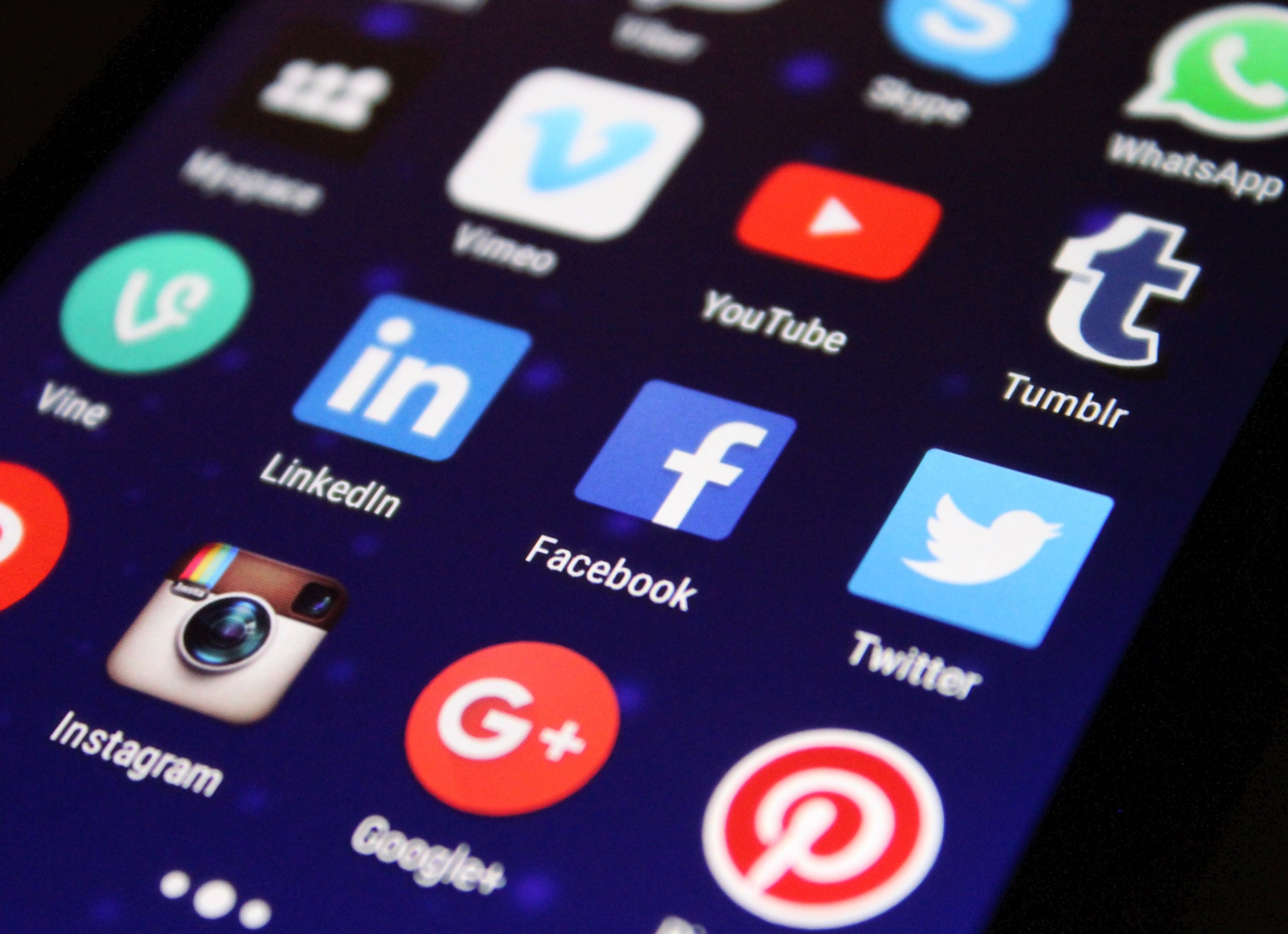
Due to its all-encompassing nature, the Internet of Things (IoT) can feel vague and nebulous. For example, it can refer to a Raspberry Pi-powered temperature control toggle, or it can refer to a dynamic lighting system managed by sensors.
But this versatility is actually IoT’s strongest advantage. With a strong Internet connection, anything is possible with IoT. And these days, with progressive web apps and edge computing, a consistent or fast Internet connection isn’t even mandatory.
In the near future, experts say that IoT applications will become an integral part of our daily lives. Whether it’s at home, in the office, in the car, or at the grocery store, this technology has the potential to make our lives simpler and easier. With that said, it’s important that everyone become familiarized with IoT. So let’s cover the basics: what IoT is, its history, and where it’s headed.
A Brief Intro to IoT
What is IoT, really? Any device connected to the Internet falls into the realm of IoT because it can be further extended to connect with other devices or IoT systems. Within IoT systems, there is the physical aspect, like smartphones, cars, door locks, and thermostats. On the other hand are embedded devices, including sensors, software, or connectivity itself. Combining physical devices with embedded tools delivers robust IoT systems.

Depending on the application and industry, sensors could vary in their size, data collection efforts, and connectivity. For example, in healthcare, wearables like smartwatches and diabetes monitoring devices are largely visible and meant to be carried around. But in a manufacturing setting, IoT sensors could be tiny and surround only robotic components on the factory floor. Maybe they shut down when the factory closes for the day. In contrast, healthcare devices generally stay connected 24/7.
Data sharing and collection can also vary. Healthcare wearables may only monitor 4-5 health activities, but manufacturing sensors collect tons of data about positioning, interactivity, maintenance and repair schedules, and much more.
Our Internet is no longer a slightly interactive tool for us to find entertainment and information; it’s transforming into a powerhouse that can be connected to any device for any reason to collect almost any amount of data for analysis.
Where Did IoT Come From?
The Internet didn’t really start to adapt to IoT until recently. IoT’s history is recent, still evolving, and continues to expand to new horizons.
Kevin Ashton, a British serial tech startup founder, first talked about the “Internet of Things” during his 1999 presentation at Proctor and Gamble. Ashton talked about how supply chain management could become more cost-effective and efficient by connecting machines to RFID (radio frequency identification) sensors.
He said, “Information technology is so dependent on data originated by people, that our computers know more about ideas than things. If we had computers that knew everything there was to know about things – using data they gathered without any help from us – we would be able to track and count everything, and greatly reduce waste, loss, and cost.”
At the time, this idea seemed completely out of reach for most manufacturing logistics experts. The connectivity of the Internet was slowly switching to wireless (from wired), and speeds were not good enough to trust devices to work without supervision. But big enterprises have big budgets to dedicate to discovering new tools and technologies that can offer bigger bottom lines.
In 2000, LG premiered the world’s first Internet-connected refrigerator. It had a port for LAN (local area network) internet connectivity. While this fridge isn’t the most technologically-advanced device today, it’s still a reminder of how far we’ve come. It marked the first time that a company invested heavily in IoT technology.
Just ten years later, in 2010, China started calling IoT a “key industry” for future opportunities and growth potential. This statement grabbed the attention of large tech companies like Ericsson, IBM, and Cisco to start creating more educational and marketing materials around IoT.

Device Management
Experts estimate that, by 2021, a person living in North America will own an average of 13 connected devices. Right now, most of us probably own around 3-5 connected devices; imagining that we’ll add another 8-10 devices within 2 years seems impossible. But technology is just starting to ramp up, and it’s not going away anytime soon.
We know our smartphones, tablets, computers, laptops, smart TVs, and smartwatches are IoT devices. But have you considered how even electrical outlets, mirrors, sink faucets, and even pet food bowls will become part of the overarching IoT system?
With faster Internet speeds coming (yay 5G!), we will flood our networks with more data transmission than ever. It’ll require more power, bandwidth, range, and analysis than we’ve ever seen before. Device health, maintenance, and repairs will be monitored, and your computer’s manufacturer could know your computer’s acting weird before you do!
These devices and sensors generate lots of unstructured data; to analyze it and output actionable insights is difficult for most current analytics software. Data storage is also becoming a looming problem for enterprises. Real-time generation, storage, encryption, and analysis are going to be the lifelines of robust, seamless IoT systems.
Stay Tuned for Part 2
With IoT, anything truly is possible. In our second post about this subject, we’ll go over practical applications that we can all look forward to enjoying in the near future. For example, many metropolitan areas like Toronto are developing smart cities already.
While some industries will have to retrain their workers or find them other jobs, IoT is expected to bring unparalleled efficiency and productivity to business. Similarly, it will also bring profound benefits to consumers’ day-to-day lives. As a result, cybersecurity will become increasingly important for all IoT systems.
We can’t wait to see where IoT takes our world! What IoT applications make you excited? What do you think the future looks like with this disruptive technology? Let us know in the comments!





